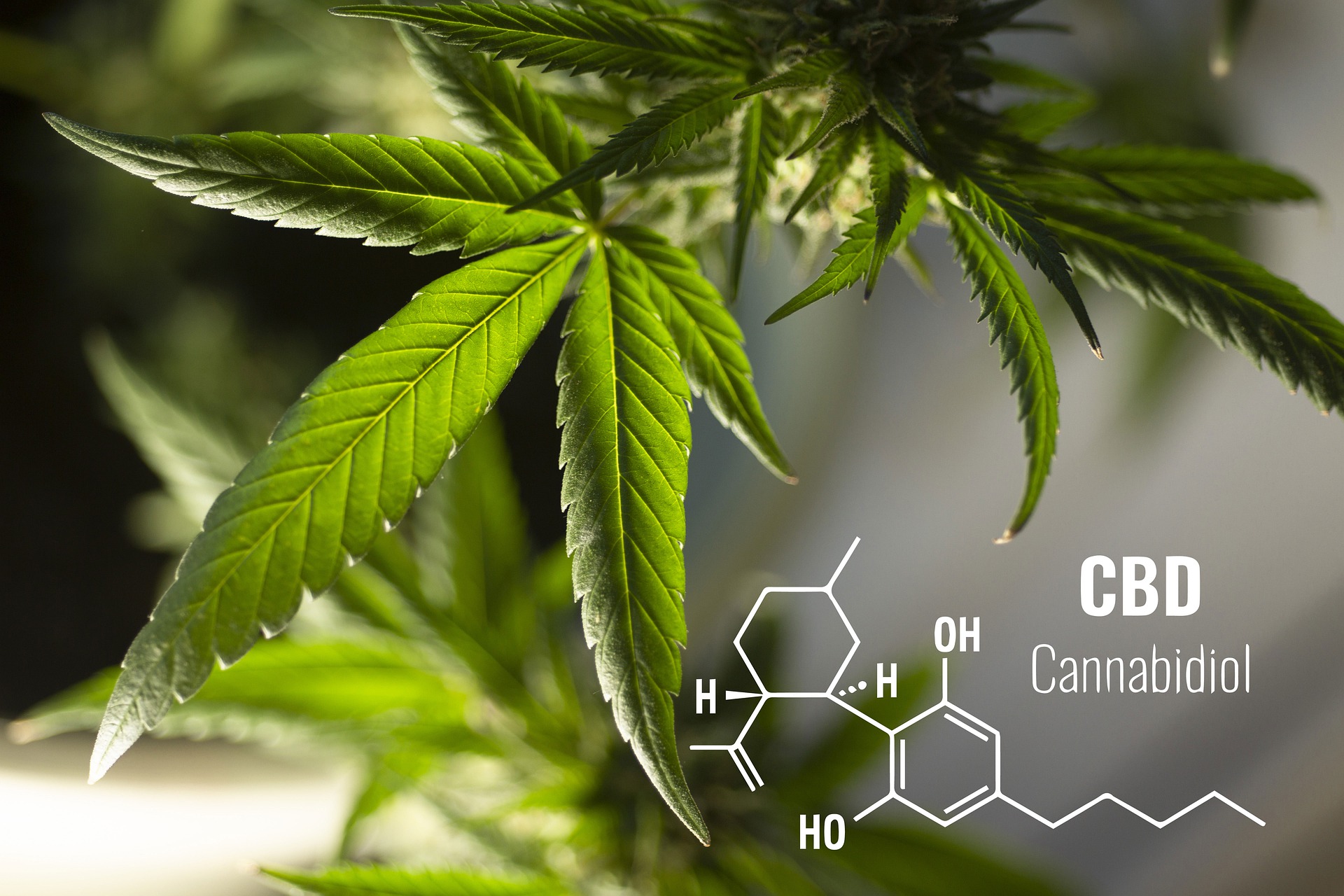Introduction
Cannabinoids are chemical compounds found in cannabis plants that interact with the body’s endocannabinoid system, potentially offering various therapeutic benefits. While CBD (cannabidiol) has gained significant popularity in recent years, another cannabinoid called CBN (cannabinol) has also been the subject of growing interest. In this comprehensive guide, we will explore the differences between CBN and CBD, their potential effects and benefits, and how they can be used in different contexts.
What are CBN and CBD?
CBD (Cannabidiol)
CBD is one of the most well-known and widely studied cannabinoids found in cannabis plants. It is typically derived from hemp plants, which contain low levels of THC (tetrahydrocannabinol), the psychoactive compound responsible for the “high” associated with marijuana. CBD is non-intoxicating and does not produce psychoactive effects.
CBN (Cannabinol)
CBN is a lesser-known cannabinoid that is derived from the degradation of THC over time. When THC is exposed to oxygen and light, it gradually converts into CBN. This means that CBN is typically found in older cannabis plants or cannabis products that have been stored for an extended period. CBN is also non-intoxicating, but it may have mild sedative effects.
Differences between CBN and CBD
Chemical Structure
CBN and CBD have different chemical structures, which contribute to their unique properties and potential effects. While both cannabinoids are derived from the same precursor, cannabigerolic acid (CBGA), they undergo different enzymatic reactions, leading to distinct chemical compositions.
Origins
CBD is present in higher concentrations in hemp plants, whereas CBN is primarily a byproduct of THC degradation. This means that CBN levels in cannabis plants are generally lower compared to CBD.
Potential Effects
CBD is widely recognized for its potential therapeutic effects, including anti-inflammatory, analgesic, anxiolytic, and neuroprotective properties. CBN, on the other hand, is believed to have mild sedative effects and is often associated with promoting relaxation and sleep.
Interaction with Receptors
Both CBN and CBD interact with the body’s endocannabinoid system, but they have different affinities for cannabinoid receptors. CBD has a relatively low affinity for cannabinoid receptors but may influence them indirectly, whereas CBN has a higher affinity for CB2 receptors, which are primarily found in the immune system.
Potential Benefits of CBN
CBN has been the subject of limited scientific research, but initial findings suggest potential benefits, including
Sedative and Sleep Support
CBN is often associated with promoting relaxation and potentially aiding sleep. Some individuals may find CBN helpful for insomnia or sleep disturbances.
Pain Relief
CBN may have mild analgesic properties and could potentially contribute to pain relief. However, more research is needed to fully understand its mechanisms and effectiveness.
Antibacterial Properties
CBN has shown potential antibacterial effects against certain strains of bacteria, suggesting possible applications in the field of antimicrobial research.
Potential Benefits of CBD
CBD has been extensively studied and is associated with a wide range of potential benefits, including:
Anti-Inflammatory and Pain Relief
CBD has shown promise in reducing inflammation and potentially providing relief from chronic pain conditions, such as arthritis or multiple sclerosis.
Anxiety and Stress Reduction
CBD has been studied for its potential anxiolytic effects, with research suggesting it may help reduce anxiety and stress-related symptoms.
Neuroprotective Properties
CBD has shown potential neuroprotective effects and may have applications in conditions such as epilepsy or neurodegenerative diseases like Alzheimer’s.
Skin Health
CBD has gained popularity in skincare products due to its potential anti-inflammatory and antioxidant properties, which may contribute to healthier skin.
Usage and Availability
CBD and CBN are available in various forms, including oils, tinctures, capsules, topicals, and edibles. They can be used independently or in combination with other cannabinoids to create what is known as the “entourage effect,” where the different compounds work synergistically to enhance potential therapeutic benefits.
When selecting CBD or CBN products, it is important to choose reputable brands that provide third-party lab testing to ensure quality, potency, and purity. These tests verify the cannabinoid content and the absence of contaminants, providing transparency and confidence in the product.
Legal Considerations
The legal status of CBD and CBN varies depending on the jurisdiction. In many countries, CBD derived from hemp plants containing less than 0.3% THC is legal, whereas CBN’s legal status may be less defined. It is important to research and understand the specific regulations in your area before purchasing or using CBD or CBN products.
Conclusion
CBD and CBN are two distinct cannabinoids found in cannabis plants, each with its own potential effects and benefits. CBD has gained significant popularity and is associated with a wide range of potential therapeutic properties, while CBN is less well-known but may offer mild sedative effects and other potential benefits. As research on cannabinoids continues to evolve, it is essential to stay informed and consult with healthcare professionals before incorporating CBD or CBN into your wellness routine. By understanding the differences between these cannabinoids, you can make informed decisions and explore their potential benefits in a way that aligns with your individual needs and preferences.
- Understand Cannabinoids: Cbn Vs CBD - June 24, 2023

